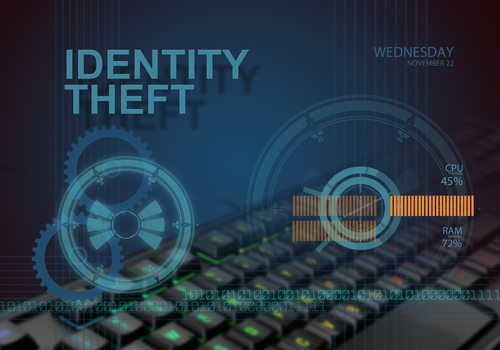The second official Identity Management Day happens to be during the most intense cybersecurity situations and tensions we’ve seen in history. From the increased cyber threat warnings to Biden’s cry for cybersecurity help — and cyber budget increases — Identity Management Day on April 12 shines light on the importance of identity and access management (IAM) programs.
About the Author
-
ISBuzz Team embodies the collaborative efforts of the dedicated staff at Information Security Buzz, converging a wide range of skills and viewpoints to present a unified, engaging voice in the information security realm. This entity isn't tied to a single individual; instead, it's a dynamic embodiment of a team diligently working behind the scenes to keep you updated and secure. When you read a post from ISBuzz Team, you're receiving the most relevant and actionable insights, curated and crafted by professionals tuned in to the pulse of the cybersecurity world. ISBuzz Team - your reliable compass in the fast-evolving landscape of information security



